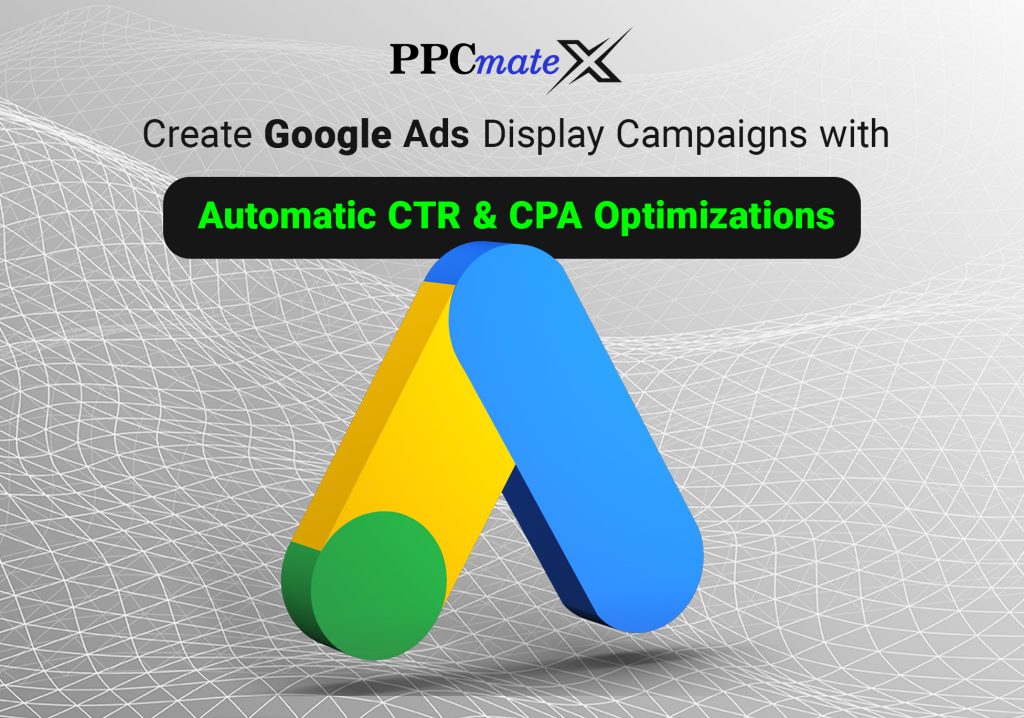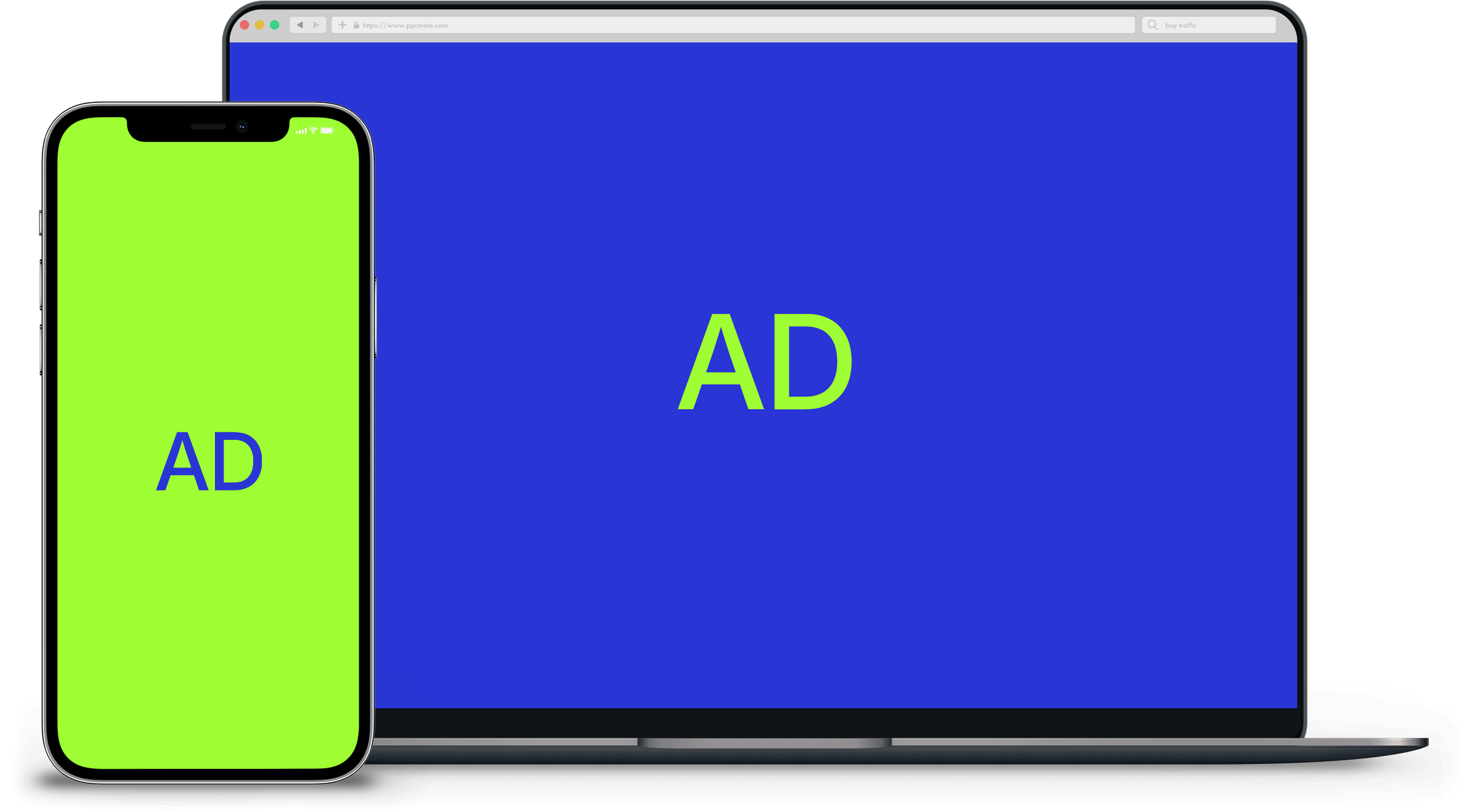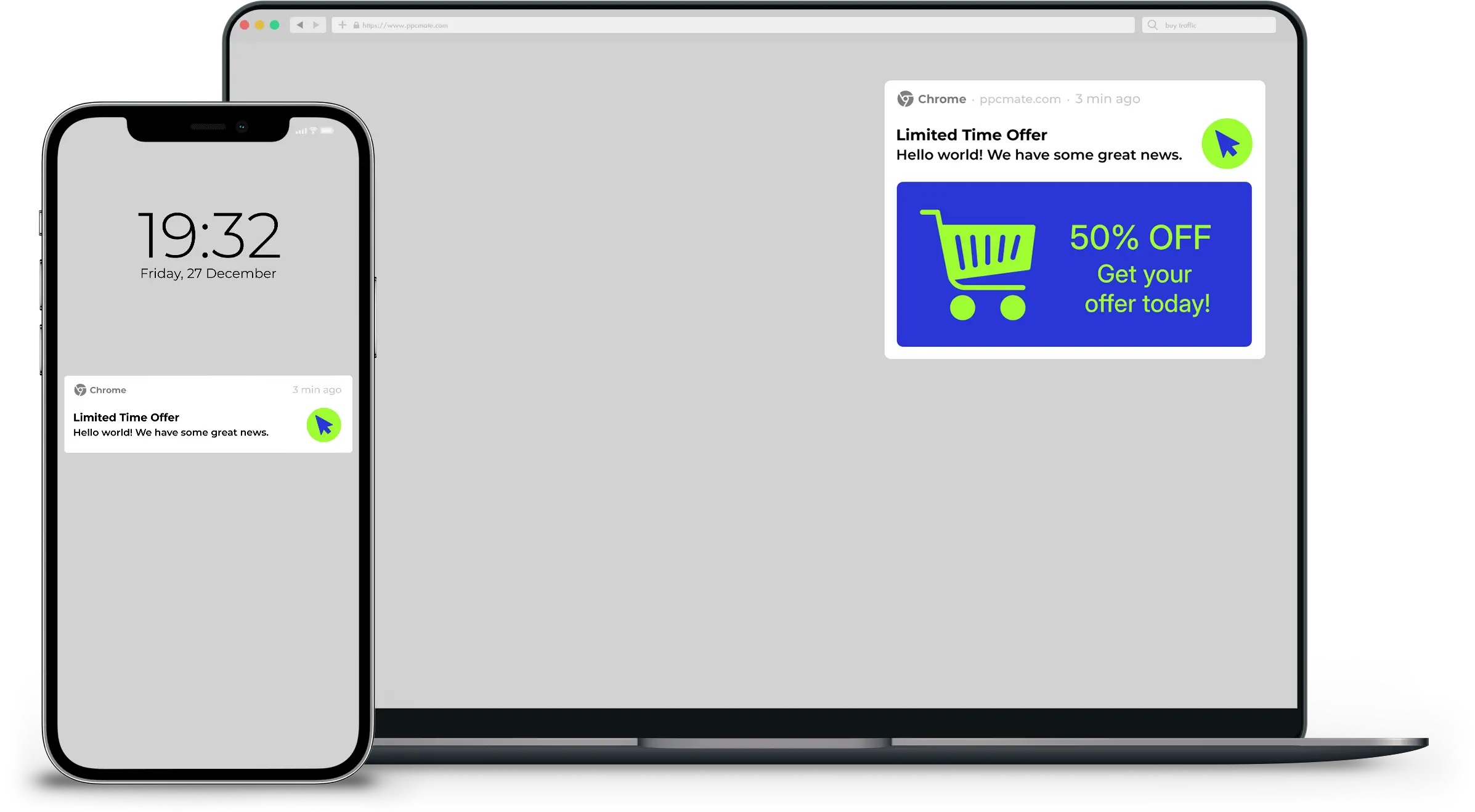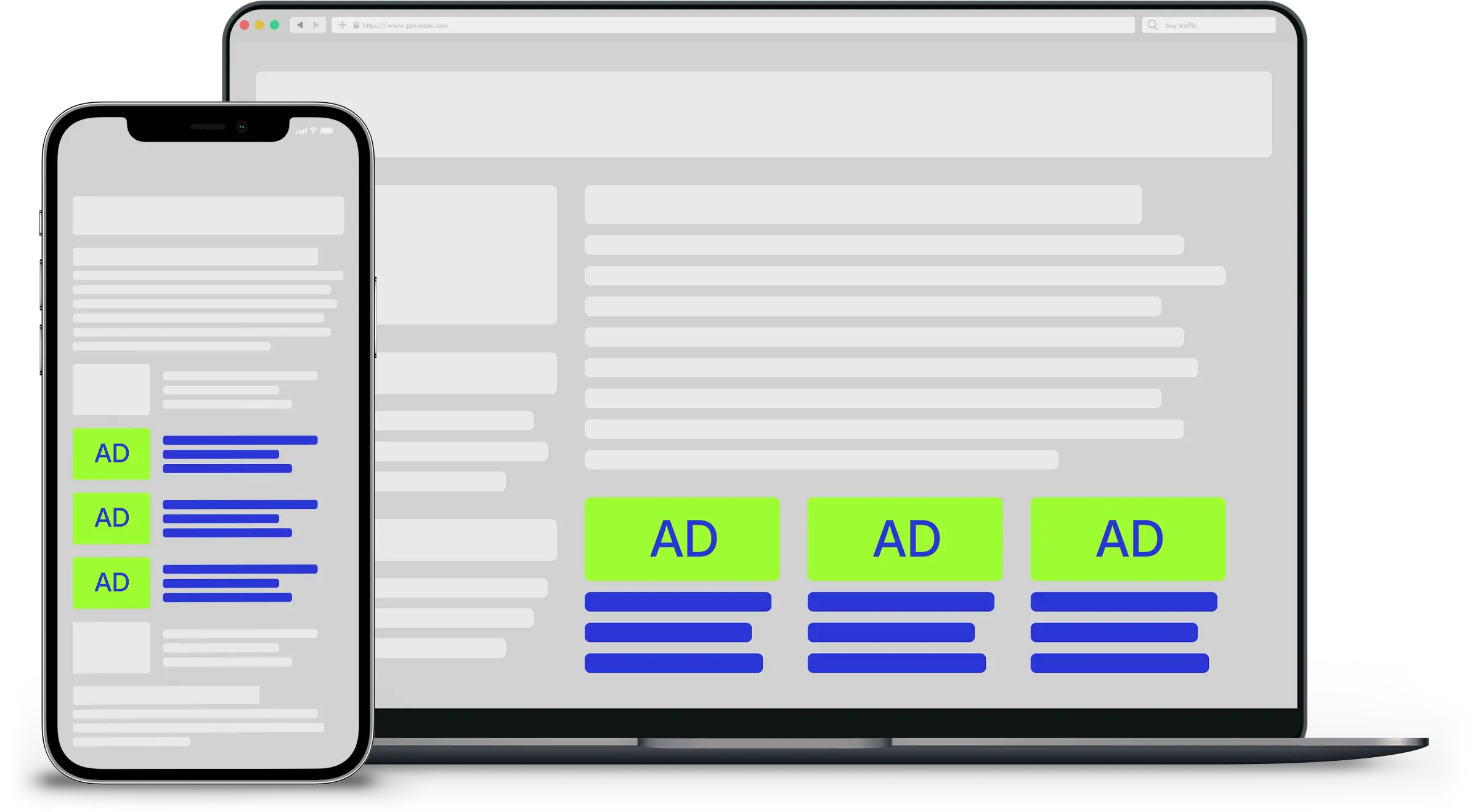This year, native advertising is beginning to grow at a rapid rate against programmatic by 36%. Although non-social native advertising slides in at the biggest segment of digital advertising at 58%, native advertising isn’t far behind. What makes native programmatic advertising such a win for advertisers is that it connects to the consumer in an innovative way (because it’s relevant advertising to them), and also allows for marketers and advertisers to place advertisements that seem intuitive to consumers. So, how can agencies begin to capitalize on native advertising’s growing rate? triplelift suggests that teams need to have a specific goal in mind with converging and focusing on the walled gardens (social native) and the outside of the walled gardens (non-social native) into one cohesive native advertising channel. Here’s what we can learn from triplelift’s findings:
Mobile Has Taken Over
We now live in a world where mobile is more prominent than desktop. It’s become an essential now for brands to have a mobile and desktop site, and when applicable, a mobile app. On average, we spend about 5 hours on mobile (which is a 20% increase compared to Q4 in 2015), where we can receive everything from curated music playlists to ordering rides or food with a tap of your finger. Megan Pagliuca, Chief Data Officer at Hearts & Science states, “In the future, native will be the only ad format on mobile.” By 2021, worldwide smartphone shipments are expected to increase to 1.7 B, which is a difference of 230 M from the 1.47 B in 2016.
Content is Key
In 2016, Google and Facebook owned 76% of internet advertising growth. To effectively engage with your consumers, non-social, native programmatic advertising is the route to go. Brands that are looking to create more compelling content should plan to spend 44% more on non-social native advertising. Consumers are now more aware of the content brands are creating more than ever, and brands are becoming more careful about what kind of content they publish that could ruin their reputation. In addition to having creative content, the consumer expectations are also higher with the notion that the brand sites they visit (whether it be their site, social channels, etc.) are aesthetically pleasing, diverse, and intuitive.
Online and Digital Advertising Will Surpass TV Ads
The native programmatic strategy not only gives your consumers less “sales-y” advertisements, it shows them advertisements of products and services that consumers are actually interested in, in a natural and respectful (and not forced) way.
It’s safe to say that we’re in a new era of advertising. For 76 years, the TV advertising industry has grown to be one of the biggest platforms marketers use to get their services or products seen by the masses. However, in spite of being younger, online advertising has only taken 24 years to become even bigger than TV advertising. An important note that triplelift points out is that when commercials come on TV, consumers are checking their phones, and not comprehending advertisements that are playing in the background. How does this online advertising era effect ad budgets? Mary Meeker, Partner at Kleiner Perkins Caufield & Byers, predicts in her internet report that internet advertising will surpass TV advertising for the first time in history for $200 B.
The native programmatic strategy not only gives your consumers less “sales-y” advertisements, it shows them advertisements of products and services that consumers are actually interested in, in a natural and respectful (and not forced) way. As this strategy grows larger, it will continue to help other brands get their products and services viewed by consumers that are in their target market and demographic, instead of taking the risk and spending extra ad dollars on campaigns that might not be seen by your target market.
___
by Ashley Yenick
source: HUFFPOST









